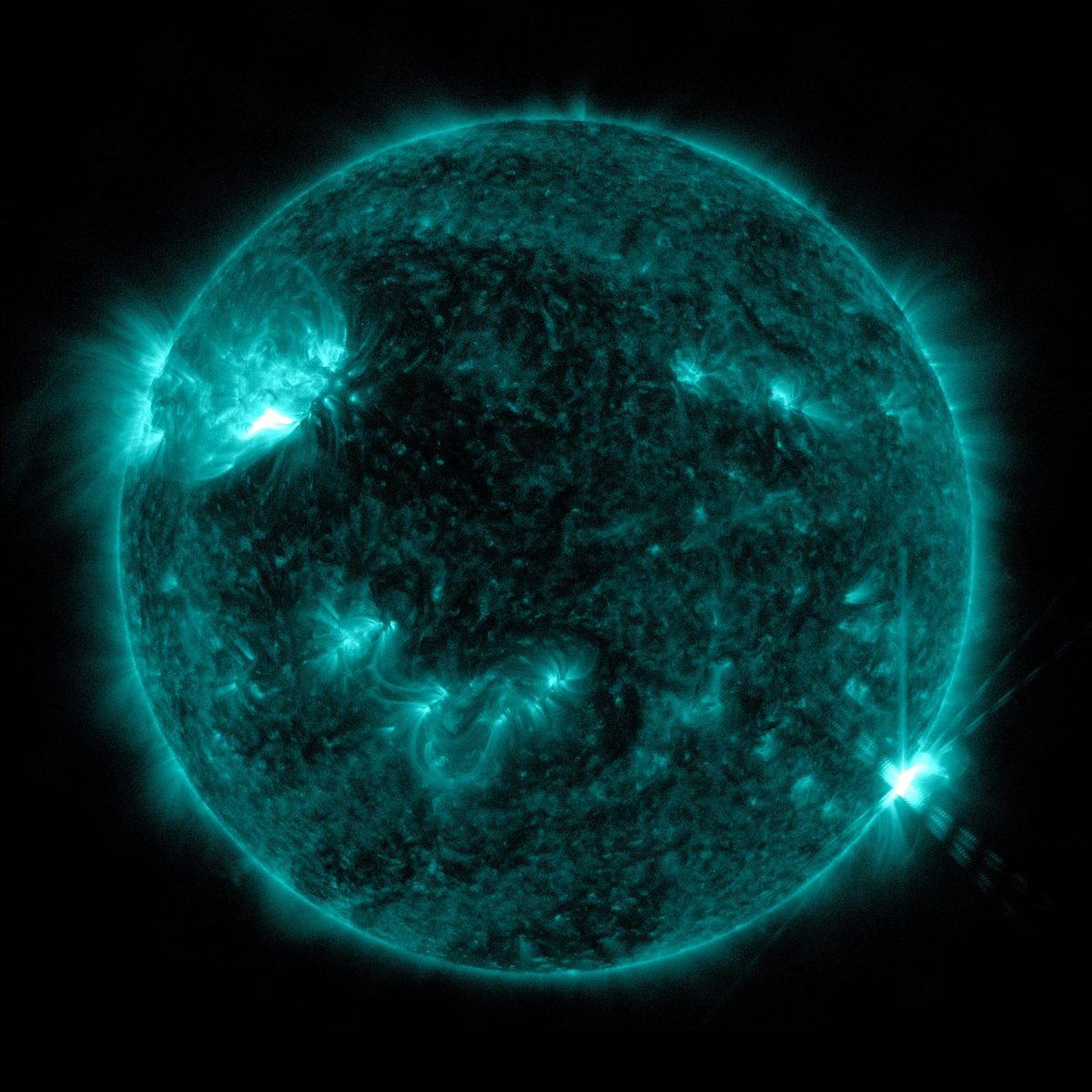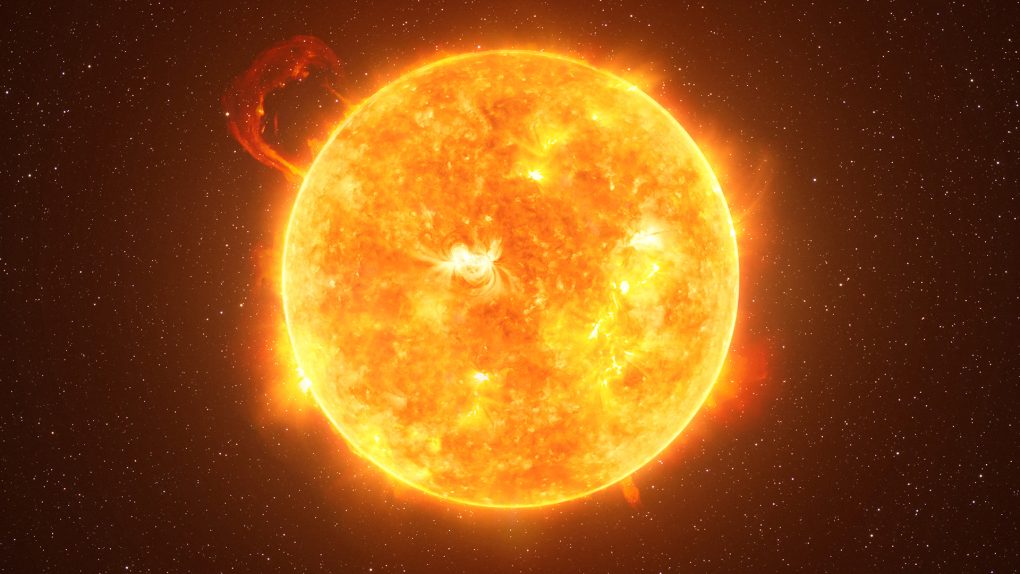Last week, the sun let loose a torrent of energy, sending the largest solar flare since 2017 hurdling toward our planet. The flare, which was rated as an X2.8 is the largest recorded since September of 2017, over six years ago. As the sun’s cycle continues to peak, it’s likely that more harsh solar flares than this will be released.
According to the Space Weather Prediction Center, the flare peaked at 1702 UTC on December 14. The energy then hit Earth a couple of days later, creating strong radio blackouts on the sunlit side of the planet. The previously largest recorded solar flare since 2017 was also an X8.2 and caused similar radio issues.

Considering the current cycle that the sun is following, it isn’t all that surprising that we’ve just seen the largest solar flare since 2017. The sun is expected to reach its solar maximum within the next couple of years, which means solar activity like solar flares and coronal mass ejections (CMEs) are expected to continue increasing in intensity.
The solar flare originated from a sunspot known as AR 3514. It was so powerful that Earth.com reports power grid fluctuations were likely, and that spacecraft in low Earth orbit could have possibly suffered from irregularities and communication issues. The full extent of what the blackouts affected is still unclear.
Class X solar flares like this are the highest intensity flares that we currently have a categorization for. As such, having an X8.2 solar flare rip across our planet’s magnetosphere causes auroras and other solar flare-related events to occur, including the aforementioned blackouts. Thankfully we’re able to detect these powerful and large solar flares using space-based telescopes, allowing us to account for any possible issue they might cause in our radio and communications systems.








